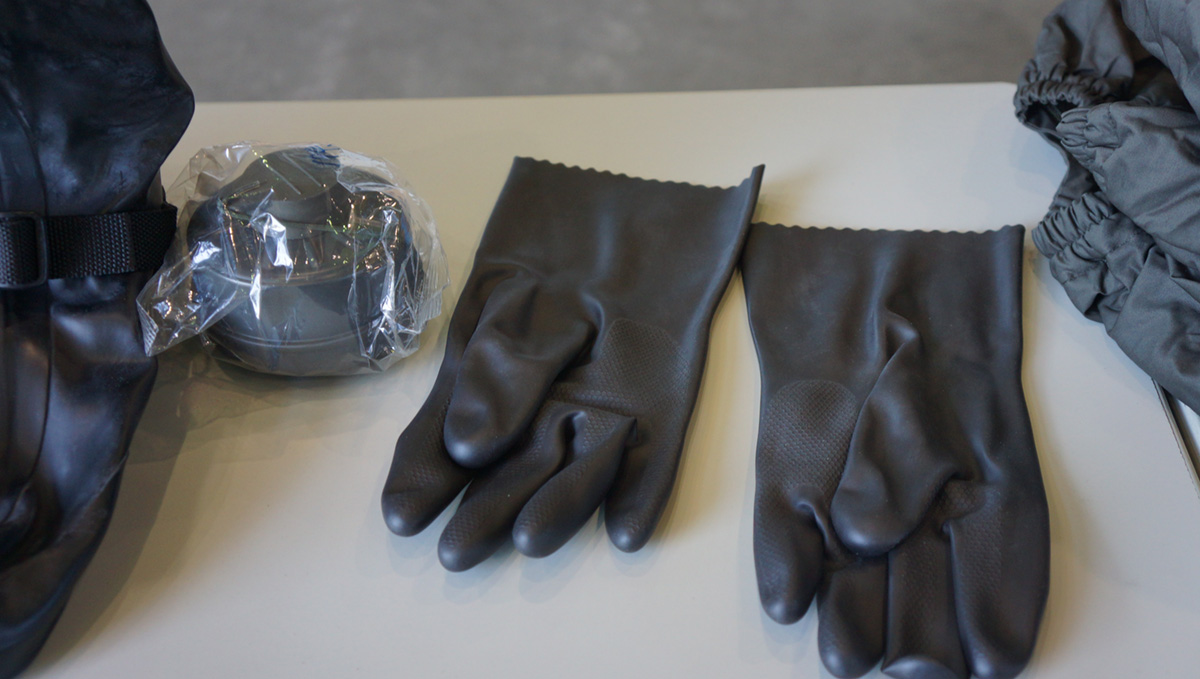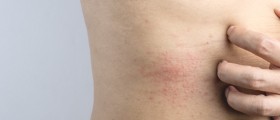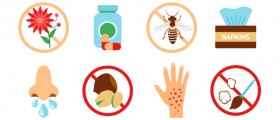
Definition
Latex allergy is actually an umbrella term used for a range of different allergic reactions commonly induced by natural rubber latex. There are five different types of hypersensitivity and latex is known for triggering two out of those 5. There are people who are allergic to latex but are also allergic to other products which contain natural rubber latex and those may include clothing, cars, balloons, baby bottle nipples, pacifiers, condoms, rubber gloves, elastic bands, shoes and so on. Statistically speaking, latex allergies affect less than 6 percent of general population.
Different Types of Latex Allergy
The less severe type of latex allergy is type IV delayed hypersensitivity which is also sometimes referred to as allergic contact dermatitis and T-cell mediated contact dermatitis. This type of allergic reaction involves the immune system and it accounts for 84 percent of all immunologic responses to latex. Allergic contact dermatitis is commonly a response to the naturally occurring latex protein and to various different types of chemical additives such as accelerators which are commonly used during various manufacture processes. The result of this type of allergic reaction is observed as a skin rash which resembles the one triggered by poison ivy. The rash appears a few hours after the exposure to the allergen and in some severe cases it may even involve oozing skin blisters. In most cases this allergic reaction does not involve the symptoms of severe Type I latex allergies. In order to pinpoint the exact chemical which triggers this type of allergic reaction, patch testing needs to be conducted.
The most severe type of latex allergy is the one called type I immediate hypersensitivity which is also sometimes referred to as IgE mediated anaphylactic reaction. This type of allergic reaction occurs when a certain type of antigen triggers the production of antibodies from the immunoglobulin E class. Once the patient is exposed again to the antigen, the exposure leads to the release of prostaglandings, leukotrienes, arachidonic acid and histamine. These reactions commonly take place only a few minutes following the exposure to the allergens. This type of allergic reaction is very dangerous since it can be life threatening in some cases. The symptoms of type I immediate hypersensitivity may include shock, bronchospasm, swollen eyes, itchy eyes, runny nose, chest tightness, hoarse voice, cough, itching, hives and skin redness. Those who need to be tested for type I latex allergy need to conduct blood test such as radioallergosorbent test in order to determine which IgE protein triggers the reactions.
Latex allergies may also be associated with the medical condition which is known as irritant contact dermatitis. This is the most common type of allergic reaction which is commonly characterized by irritated, itchy and dry areas of the skin. The most commonly affected parts of the body are the patient’s hands. This is not medicinally considered as a true type of allergy. There is also another medical condition which is known as the latex-fruit syndrome. It affects people who have latex allergy but suffer from an allergic reaction when they consume soy, strawberries, passion fruit, mangoes, kiwi fruit, chestnut, avocado, pineapples and bananas. This is mainly due to the fact that all the aforementioned groceries may contain latex in significantly small amounts.
Those Who Are at Greater Risk
There are certain groups of people who are at a much greater risk of suffering from different types of latex allergies. Those who have had multiple surgical procedures are among those people. Different types of health care providers are also on the list of such people because they are constantly exposed to various different sorts of medical supplies which contain latex. Industrial rubber workers are also at an increased risk of latex allergies because they are constantly exposed to large amounts of latex allergies. The last subgroup of those who are at an increased risk of latex allergies are children who suffer from a medical condition called Spina bifida.
Management
Those who suffer from type IV latex allergic reactions need to avoid exposure to irritating skin cleansers and all other substances which are associated with allergens. In cases of hives and rashes it is highly recommended to use topical corticosteroids on the affected areas of the skin. In mild cases of type I latex allergic reactions, various different types of antihistamines and topical nasal steroids can be of great help in alleviating the symptoms. If a person has hives, he or she needs to use antihistamines or systemic steroids in order to alleviate the condition. If the allergic reaction affects the airways then there is an even bigger choice of medicaments which can be used and those include epinephrine, endotracheal intubation, bronchodilators and systemic steroids. If a person suffers from anaphylaxis it is strongly advised to seek immediate medical attention which will be followed by a formal anaphylaxis protocol.










_f_280x120.jpg)






Your thoughts on this
Loading...